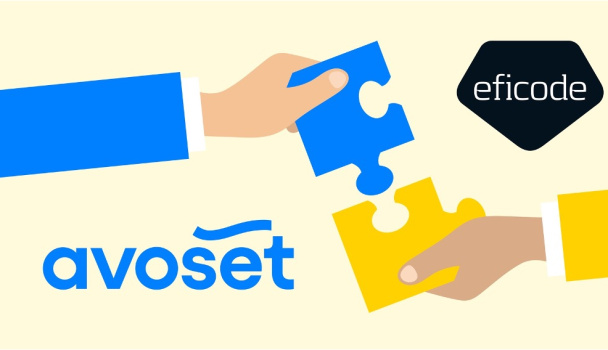Running an effective Board meeting in a growth company / start-up

Board meetings are a regular opportunity for the growth company entrepreneurs to have valuable face time with their Board members. Hence the meeting agenda needs to be carefully planned, and the Board members will need the supporting materials in advance in an easy-to-digest format. The Chairman and the CEO should collaborate tightly.
In my earlier two blog posts about the Board work in a startup or growth company, I discussed the challenges of finding and engaging Board members and making the most of their expertise and networks.
For most growth companies though, the most obvious opportunity for the leadership to pick the brains of the Board members are the regular Board meetings. So the absolute minimum recommendation for the growth company entrepreneurs is to make sure the Board meetings are well prepared and organized, and that there’s enough time for discussion on the critical questions.
The main responsibility for a fruitful Board meeting falls on the Chairman’s court. On the other hand, the CEO will also have to be active: Normally in the everyday work, questions will arise where the Board members’ experience comes in handy. It’s the CEO’s job to collect these questions and topics and make sure they get answered in the Board meeting. And if not, that follow-up work will be organized around them.
Setting the agenda
The CEO should prepare the Board meeting agenda using the Chairman as a sounding board. Based on my experience, three hours is a suitable amount of time reserved for an effective Board meeting. A good working agenda may look like this:
(Sample) Agenda for a Board Meeting
Total duration: 3h
15 min: The big picture – A brief look at the current business situation and outlook presented by the CEO
30 min: Deep dive to numbers – Reviewing operative progress against the most important Key Performance Indicator targets
15 min: Strategic review – Reviewing strategic progress against the set milestones for the organization, its resources, learning and growing/scaling
100 min: Deep dives on selected priority topics
- Must Win Battles – Thorough discussion on one to three selected key topics
- Business planning – Assessing the current business model, target setting, new opportunities, etc.
- Discussion about the situation with financing
20 min: Administrative governance topics
Needless to say, fruitful discussion can only take place if the meeting participants have neatly prepared documentation about the company’s performance at their fingertips – well in advance so that they have time to go through the materials in preparation for the meeting. This saves tremendous amount of time in the meeting itself.
Strong leadership is required from the Chairman
The Chairman’s role can’t be stressed too much in making sure that the meeting will produce outcomes that it was originally set up for. Setting the agenda and schedule is one thing; guiding the participants fruitfully and in good spirits through it is another.
It easily happens in Board meetings that the focus remains on the rearview mirror for too long. The participants may have prepared presentations and are tempted to spend time on their thoughts in the meeting. Ideally however, the meeting is not for presenting. It’s for discussion.
The Chairman should keep an eye on the clock and make sure the most critical questions receive enough time and bandwidth. Relatedly, s/he should also take note of potential topics for further discussion. If (and frequently, when) topics start mushrooming, it’s the Chairman’s job to acknowledge them and guide the discussion back to the agenda.
Not insignificantly, the Chairman is also responsible for the spirit of the discussion; it should be lively and natural, and the Board members should not be afraid of challenging and debating the topics at hand. The Board exists to share its experiences and expertise. The Chairman needs to make sure there’s an atmosphere of trust that allows everyone to contribute from their own perspective – often the reason that they were selected to the Board in the first place.
Conclusions time
In the end of the meeting, it’s the Chairman’s job to wrap up the decisions reached. Also importantly, the Chairman should repeat and reinforce the important points and hints that rose from the discussions. Finally, it’s the Chairman’s task to line out the next steps and identify opportunities for the Board members to work together hands-on with the company.
Markko Vaarnas is Managing Partner of Takeoff Partners and Chairman of the Board in the Boardman Grow network that focuses on developing board performance and entrepreneurship in Finnish growth companies. Markko has been working as an investor and advisor in over 20 B2B software and service businesses since January 2015.
Previously, Markko was co-founder and CEO in Global Intelligence Alliance Group (GIA) during 1999-2014, where he oversaw GIA’s growth from a Finnish startup into a global leader in Market Intelligence software and services with 15 MEUR in revenue and offices in 10 countries. In 2014, Markko made an exit as GIA was acquired by M-Brain Group.






